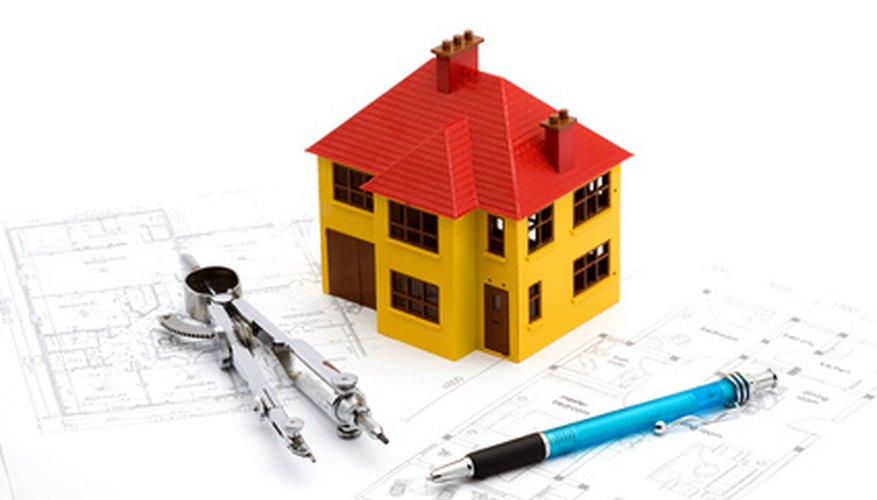Building the best ice-fishing shack or bob-house takes planning, patience, and practical thinking. Everything has to have a purpose. Ease of movement and placement is crucial.
The house has to be able to withstand the elements and should move gracefully when it has to.
If you value portability and range over comfort, you build smaller and more purpose-driven for fishing. If it's cabin life on the ice you want, the best ice shack will be one that meets all your personal needs and feels like home when you're fishing in it.
- Building the best ice-fishing shack or bob-house takes planning, patience, and practical thinking.
- If it's cabin life on the ice you want, the best ice shack will be one that meets all your personal needs and feels like home when you're fishing in it.
Take stock of what you want the house to include and what you have to put in it before you lay out the floor plan. A 4-foot by 8-foot house is just big enough for two people to fish comfortably with a small wood stove and a few chairs; add beds, and it gets a little cramped. If you are planning on sleeping in it, design bedding that is either hammock style or bunk beds that fold into the wall on hinges.
Draw up formal plans, usually based on the best materials you have already. Some carpentry experience is a plus, but not a requirement. Anyone who can swing a hammer or work a screw gun can build something respectable with enough time and guidance.
Use a trailer already set up with a hitch piece and working lights to start with as a base. Just make sure the wheels are beefy and ready for off-road and icy conditions.
Take your plywood and make sure you have a solid, even floor of at least two fresh sheets on top of each other. Use your circular saw and reciprocating saw to cut the fishing hole in a central location, and use the decking screws and a power drill to secure the two layers together.
- Draw up formal plans, usually based on the best materials you have already.
- Take your plywood and make sure you have a solid, even floor of at least two fresh sheets on top of each other.
Set up your framing brackets to meet the specifications of your plans, using the measuring tape, screws, and a pencil. Begin with framing in the walls with your 2-by-4 or 1-by-3 lumber. If you are using Luan for your walls, you only need 1-by-3 framing. If you'd rather go with more durable and lasting plywood, go with 2-by-4 framing. You don't have to have a sloped roof, but if there is a great deal of snow in a typical winter where you'll use the house, it's a good idea to build one wall higher than the other so the roof is at a sloped angle.
- Set up your framing brackets to meet the specifications of your plans, using the measuring tape, screws, and a pencil.
- If you are using Luan for your walls, you only need 1-by-3 framing.
Build around your major accessories. If you have a wood stove that will be the centrepiece, figure out a central location, reinforce the area to withstand the weight and heat, and work out the piping system before installing the walls.
Frame in and install the windows or use plexiglass sheets with pre-drilled holes around the edges where you will screw them into the framing.
- Frame in and install the windows or use plexiglass sheets with pre-drilled holes around the edges where you will screw them into the framing.
Install your door, and try to make it open out with a spring that keeps it shut in case of high winds.
Screw the plywood on the outer walls and luan on the inner walls and use large plywood sheets for the base of the roof. Screw the walls and roof base in with decking screws and drywall screws or use hammer and nails.
Find some kind of weatherproof material to use for siding and roofing. Aluminium is light and can be bought in pre-cut sheets at any home goods store. You can also cut it with the right blade in a circular saw if you get it thin enough. You can also go with shingles on the roof and paint on the outer walls if you prefer. Use longer, galvanised decking screws for securing the aluminium to the house. Use shingling nails if you go with shingles.
Outfit the interior with all the hinges and hooks you will need to keep things in place and out of the way when the shack is being moved or more space is needed for extra guests. Everything should fold up or store out of the way if possible. Get a lightweight bunk bed unit that can fold into the wall or takes up a small amount of space. Shelving should be extensive. Add a power source, a portable toilet, and accessories once the basic framing and major construction is over with.
TIP
If you choose to use a propane stove, you should look for a thin, wall-mounted heater you can easily adapt to hook up to a grill-sized propane tank. For cooking in this scenario you can always get a store-bought camping stove set-up. Split your house into two halves that have insulated edges you can cinch together tightly with large ratchet straps if you want to go bigger and still stay relatively portable.
